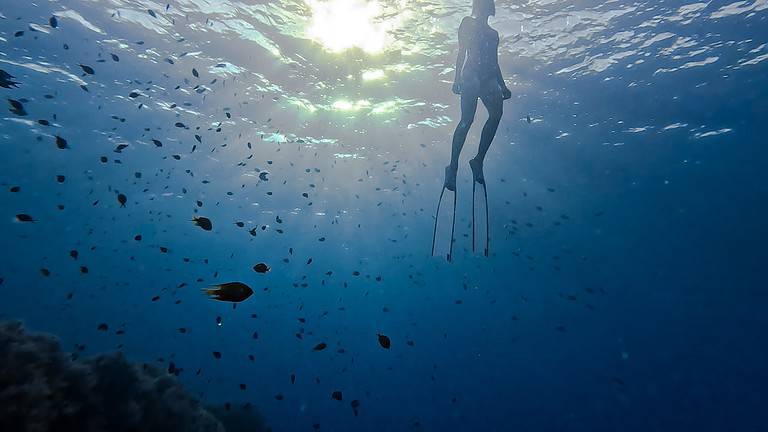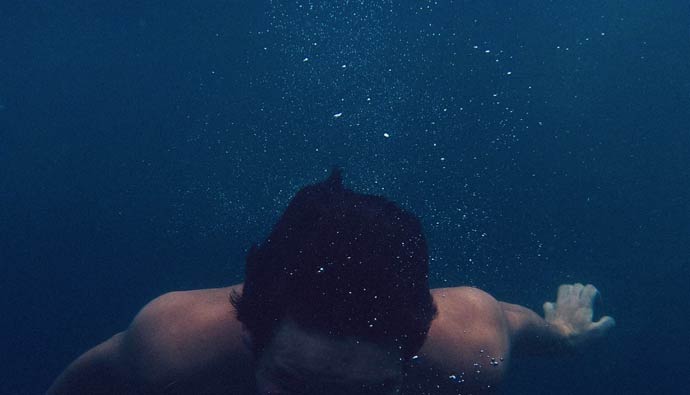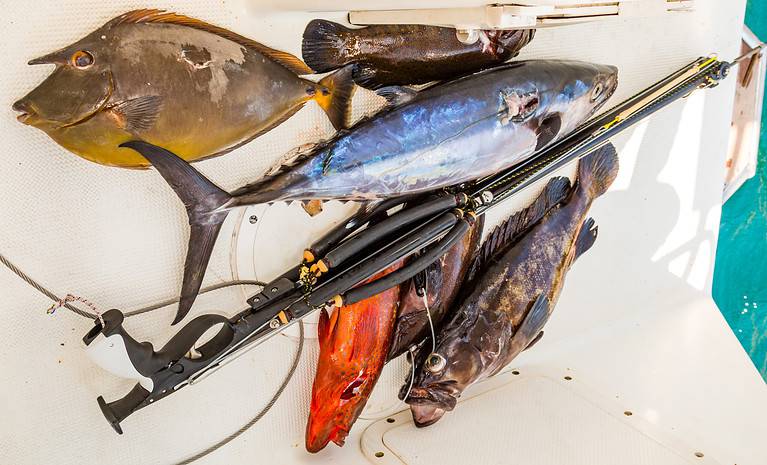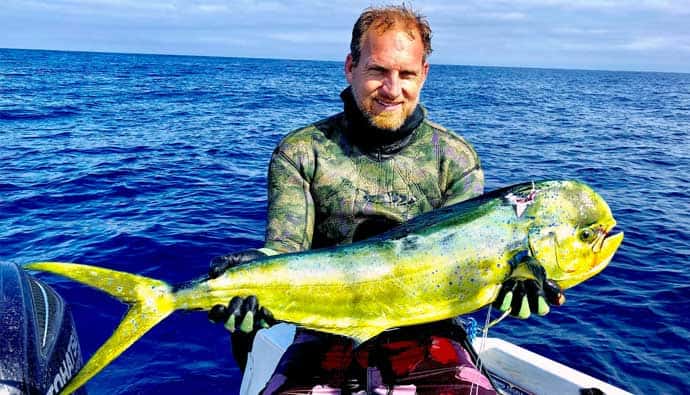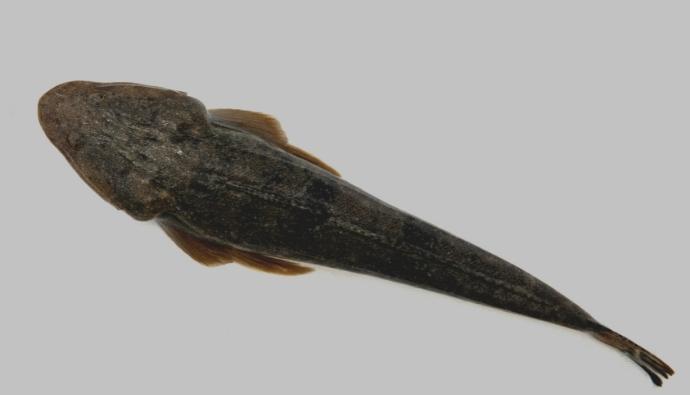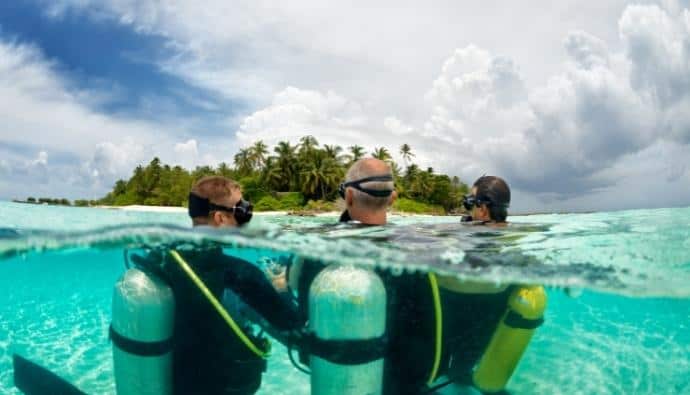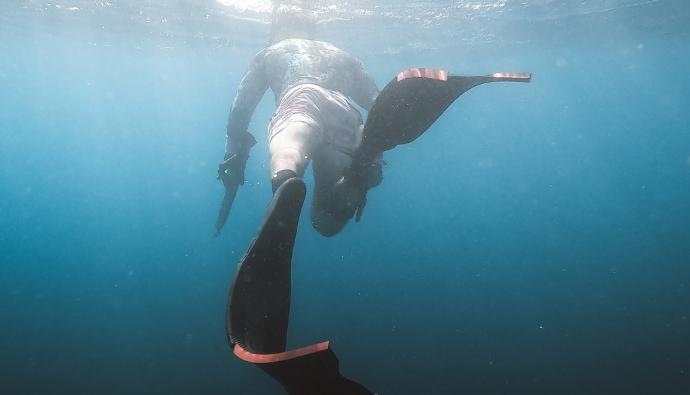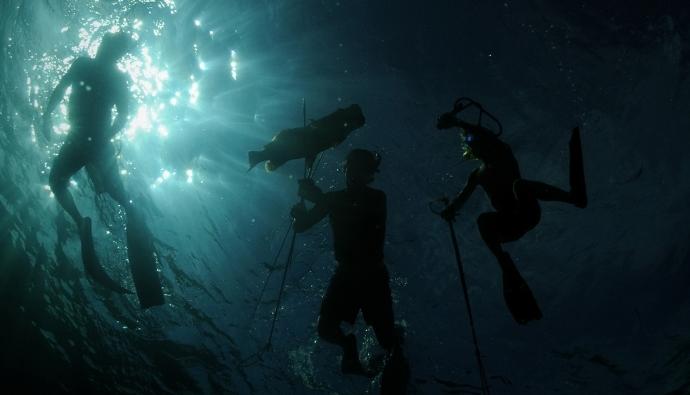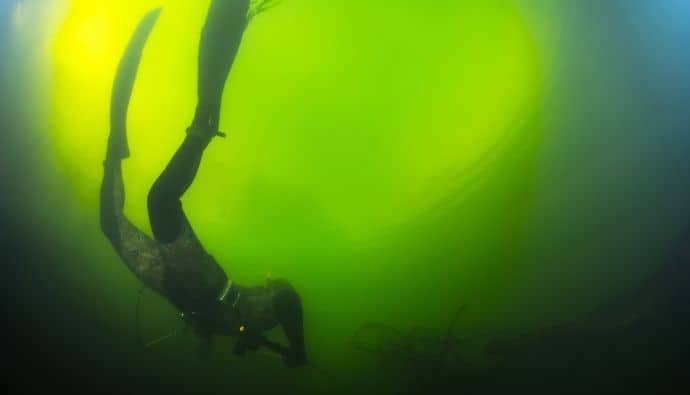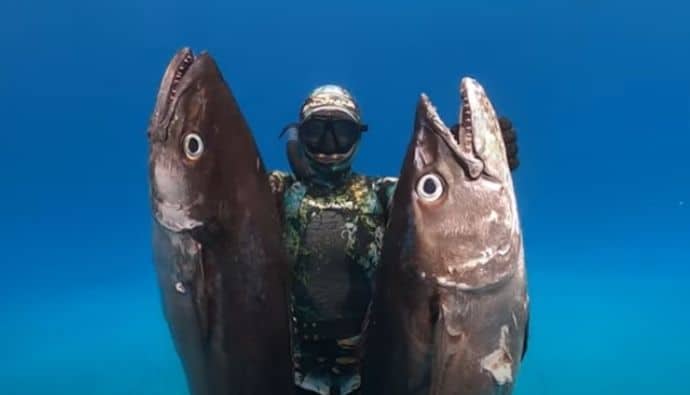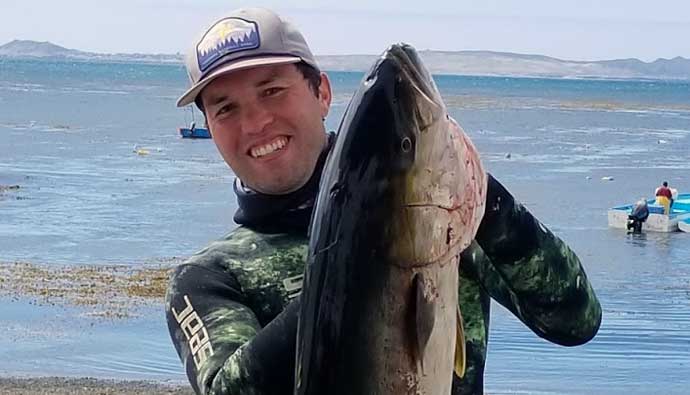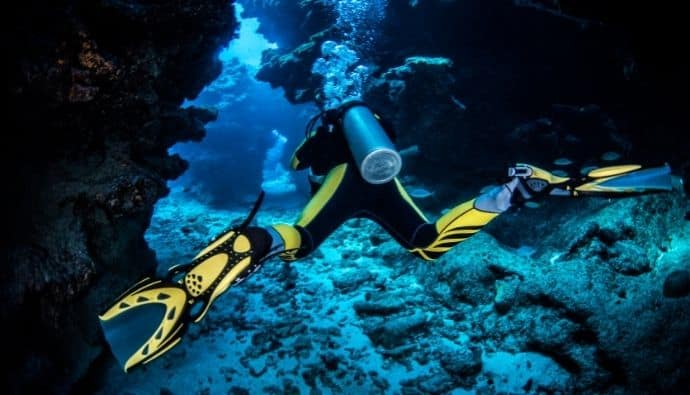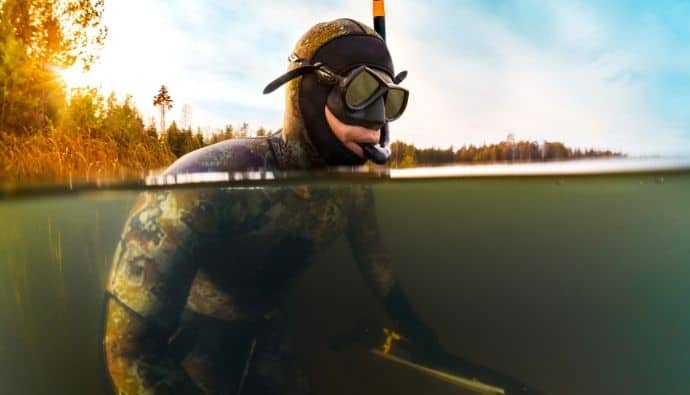How To Freedive To 70 Feet On One Breath
Are you interested in learning how to freedive? With the right mindset and proper training, you’ll be able to reach new depths and have skills that will improve your life. In this article, I’ll share tips that freediving experts such as Ted Harty from Immersion Freediving have shared with me that helped me dive down

